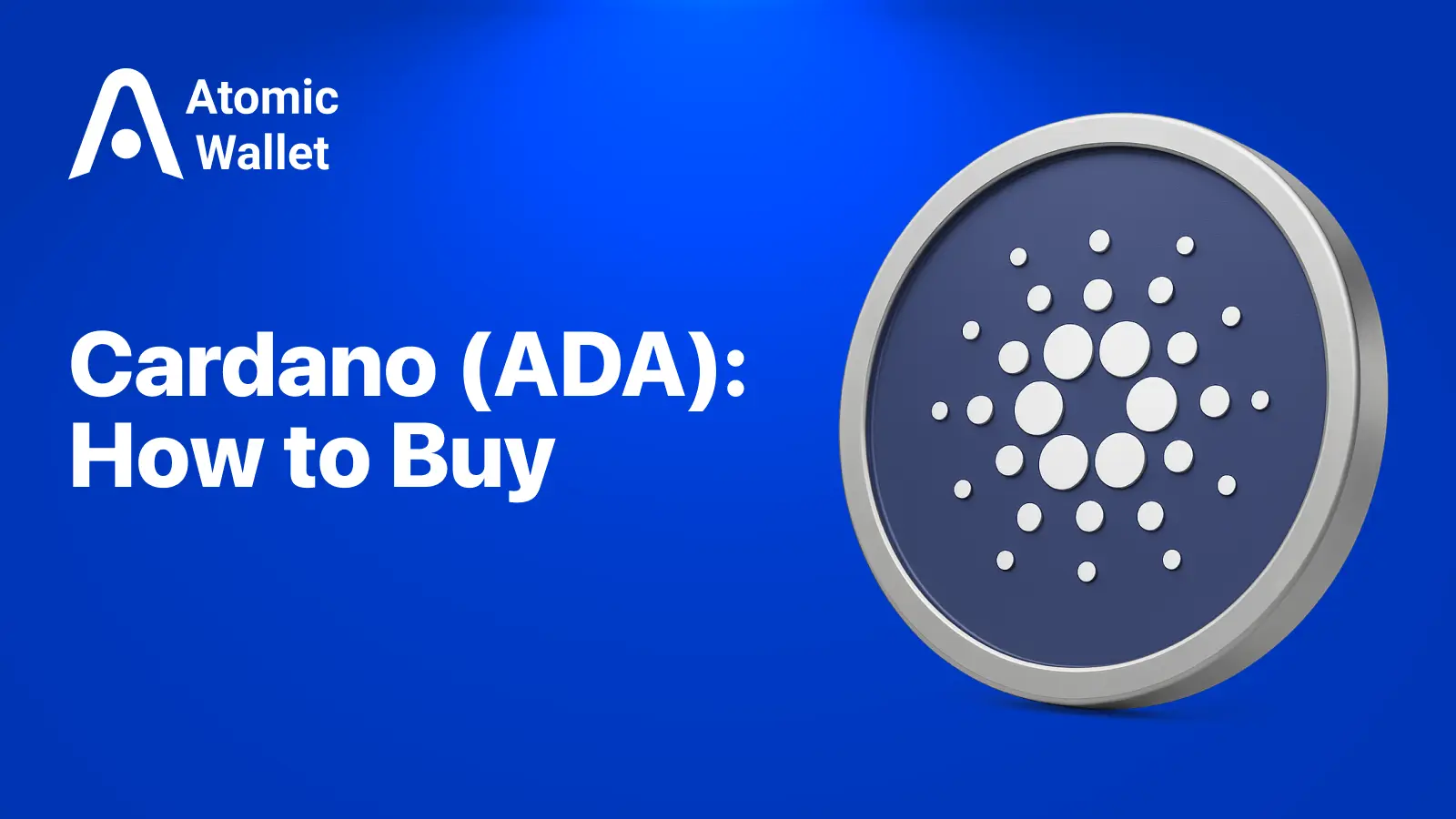Assets

Exchange

Buy Crypto




Let’s talk staking—but not the kind that locks you in a rigid platform with one exit door and high penalties. We’re diving into decentralized staking, where you keep control, skip the middlemen, and still earn rewards for supporting a blockchain network.
You’ve probably heard terms like staking, validators, or staking pools. Maybe you’ve seen “APR 6.5%” next to your favorite token and wondered: Is this worth it? And how does it even work?
Grab a coffee. We’ll break it down. By the end of this, you’ll know what a staker is, how the staking process works, and why decentralized staking is becoming the go-to method for savvy crypto holders.
A staker is someone who locks up (stakes) their cryptocurrency to help run a proof-of-stake (PoS) blockchain.
You’re not just holding coins—you’re supporting the network. When you stake, your crypto helps validate transactions and keep the network secure. And in return, you earn staking rewards.
It’s kind of like mining, but without the electricity bills.
Key roles of a staker:
Let’s draw a line.
In centralized staking, platforms like exchanges do the work for you—but they also take a cut and hold your funds. If they go down, so does your stake.
With decentralized staking, you stake directly from your wallet using smart contracts or by delegating to validators. You stay in control.
So if you’re ready to take more ownership of your crypto life, start buying crypto through a self-custodial wallet and explore decentralized options. Here's a solid breakdown about decentralized exchange—where you can also stake directly in-app.
.webp)
Let’s demystify it.
Step-by-step:
You don’t have to run complex hardware. You can delegate your coins to validators and still get a slice of the reward.
A staking pool combines the power of many stakers.
If you don’t have enough tokens to stake on your own (like 32 ETH), pools let you join forces with others. Your coins are pooled together, and rewards are split proportionally.
Pros:
Cons:
Look for decentralized pools where the smart contract handles the logic, and the pool doesn’t hold your private keys.
Let’s be honest. Centralized staking is easy, and many people start there. But if you care about:
...then decentralized staking is the next level.
You're not just earning yield—you’re participating in a decentralized economy where you control your funds.
And here's something else: decentralized staking can often earn you higher returns, since you're not paying platform fees. Plus, you’re helping decentralize the validator set, which is good for the network’s health.

Ethereum 32 ETH (or via pools) ~1-2 days to unstake ~4-6% Native staking or via Lido
Cardano None None ~3-5% Stake via Daedalus/Yoroi
Solana 0.01 SOL ~2 days ~6-8% Stake via Phantom/Marinade
Cosmos 1 ATOM ~21 days ~10-12% Keplr wallet, Cosmos Hub
Note: Always check current rates and slashing risks before staking.
Staking is no longer just for whales and validators. It’s for anyone who wants to earn yield without giving up control.
Decentralized staking gives you that edge. You stay in charge. You support the chains you believe in. And you grow your holdings while doing it.
If you're ready to make the leap, here’s your checklist:
Don’t let your crypto sit idle. If you're in this for the long game, let your assets work for you.
Decentralization isn't just a buzzword—it’s the future.
And staking is your gateway in.

Learn how to buy Cardano (ADA) in 2026, what drives ADA price, and how to trade Cardano using spot or perpetual futures. A clear beginner-friendly guide.